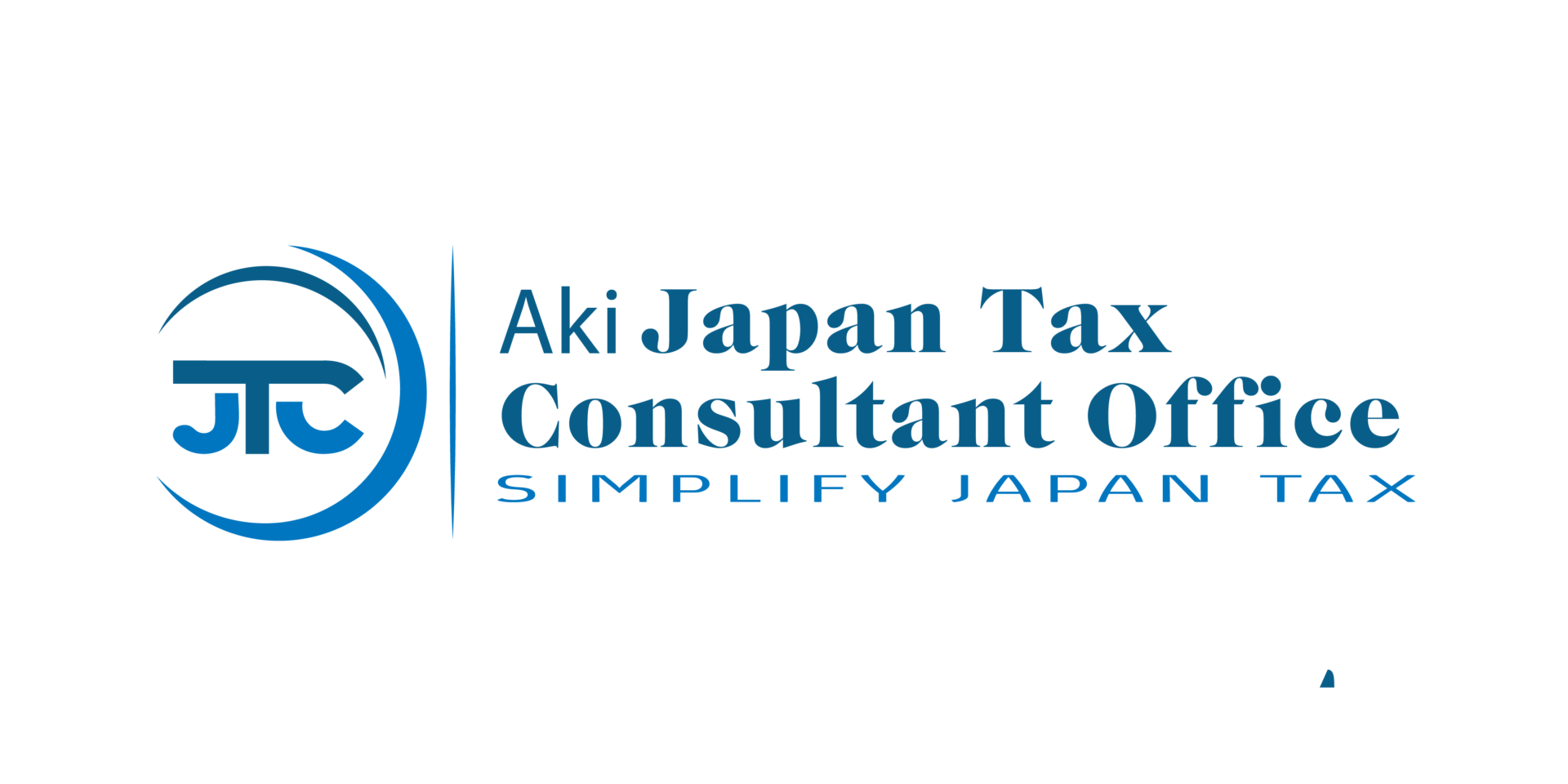Providing goods and services to foreign countries has become common in recent years.
This article will summarize Japanese bookkeeping basics when providing services to foreign countries.
Make a Record when you sell
You record sales on the date the goods or services are sold.
The date of sale is the delivery date in the case of goods.
In the case of B2B, the date of delivery and acceptance inspection is used as the base date.
If you sold 1,000,000 yen and received cash, you would process the sale this way.
| Date | Debit | Credit | Description | ||
| Sept 22 | Cash | JPY1,000,000 | Sales | JPY1,000,000 | Sales Amount for A Company |
If the money is to be transferred later, it is processed like this.
| Date | Debit | Credit | Description | ||
| Sept 22 | AR | JPY1,000,000 | Sales | JPY1,000,000 | Sales Amount for A Company |
Bookkeeping if you sell in US dollar
What if sales are for USD 10,000?
You’ll use one of the methods.
Check the exchange rate.
First, check the exchange rate.
The bank you use is acceptable.
For example, with Sumitomo Mitsui Banking Corporation, you can check the rate on the web like this.
In principle
Weekdays
At this time, use the TTM rate of the day.
TTM stands for Telegraphic Transfer Middle Rate.
The dollar’s TTM rate on this day is 147.66 yen.

You can make a notation as follows.
| Date | Debit | Credit | Description | ||
| Sept 22 | AR | JPY1,476,600 | Sales | JPY1,476,600 | Sales Amount for A Company |
You may write the dollar amount and the rate in the Abstract as your memo.
I will omit them here.
Holidays and weekends
If the transaction date is on Saturday, Sunday, or holiday with no rate, please return to the last time you can confirm the rate. You use the most recent known rate.
For example, there is no rate on September 24.

If so, then go back to the closest date, which is on September 22.
As a result, make a journal entry like this.
| Date | Debit | Credit | Description | ||
| Sept 24 | AR | JPY1,476,600 | Sales | JPY1,476,600 | Sales Amount for A Company |
Simple Method 1
There may be cases where it is tedious to check each time each time.
In such cases, it is permitted to use the rate on the first or last day of the immediately preceding month or week.
Under the law, the expression is as follows.
(1) The telegraphic buying or selling rate on the last day of the month or week preceding the month or week in which the transaction date falls, or the telegraphic selling rate on the first day of the month or week, or the middle price of the telegraphic trading rate on these days.
To be more precise, you may use any of the following middle market prices.
- The month preceding the month of the trade date
- The week before the week of the trade date
- The first day of the month of the trading day
- The first day of the week of the trading day
Depending on the closing date, you can choose any of these as an easy-to-use example, such as the rate at the end of the month preceding the trade date.
If the transaction is on September 22, the last day of the previous month is August 31.
146.20 yen.

| Date | Debit | Credit | Description | ||
| Sept 22 | AR | JPY1,462,000 | Sales | JPY1,462,000 | Sales Amount for A Company |
Simple Method 2
You can choose another simple method: the average middle prices of the most recent month or week.
Legally, it is written as follows, but is difficult to understand.
(2) The average of the middle price of telegraphic transfer quotations, telegraphic buying quotations, or telegraphic selling quotations for a certain period within one month, such as the average quotations for the month or week preceding the month in which the transaction date falls.
In short, it is either of these.
- Average middle price of the previous month
- The average median price of the last week
It is easier to use the average of the month than the average of the week because the average of the month is often available in bank information.
If there is a trade on September 22, the previous month is August, and it is ¥144.85.

| Date | Debit | Credit | Description | ||
| Sept 22 | AR | JPY1,448,500 | Sales | JPY1,448,500 | Sales Amount for A Company |
Exchange Re at the time of collection
The exchange rate at the time of collection should also be recorded.
I will describe it when updating the article.
Conclusion
Foreign currency transactions may seem very difficult if you are unfamiliar with them.
Make sure to follow the rules and keep good bookkeeping.
To see the law in detail, refer to the article on foreign currency accounting in the Tax Office.
If it’s hard to understand, please take advantage of our services: Pay-As-You-Go Consulting or Business Tax Advisory.




